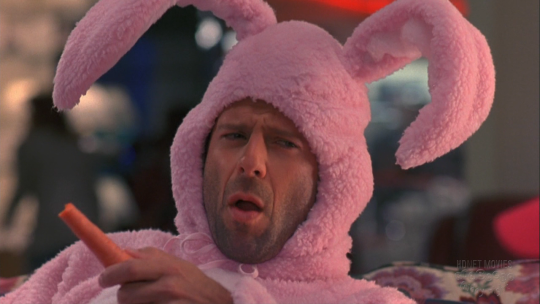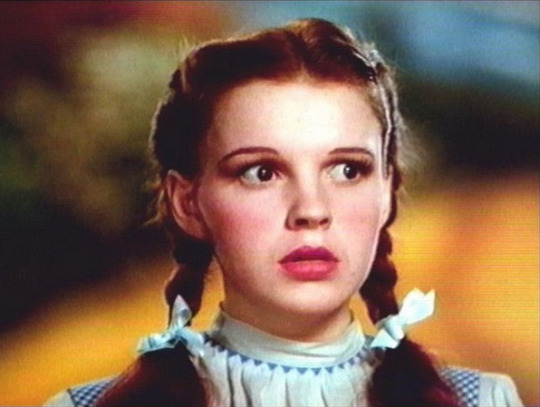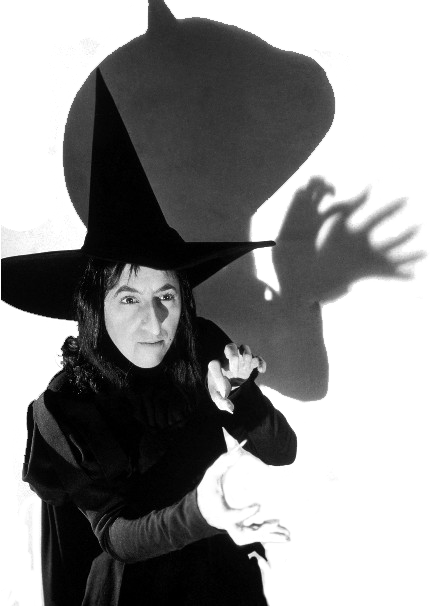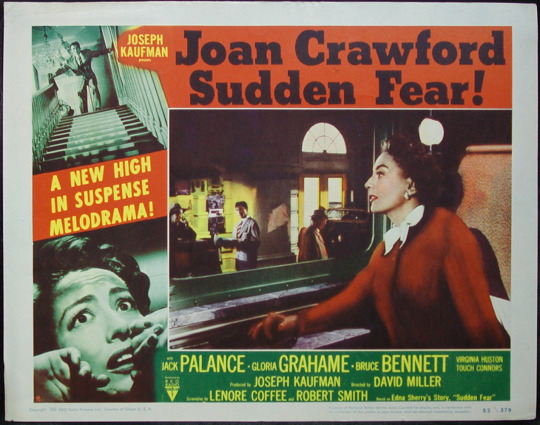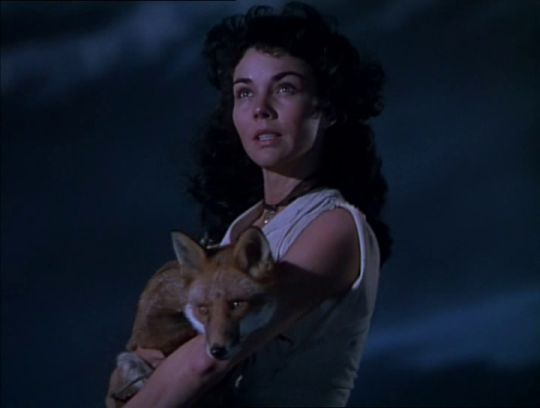The Craftsman’s Hands: How Samson Raphaelson Shaped Classic Hollywood by Daniel Carlson
By Yasmina Tawil
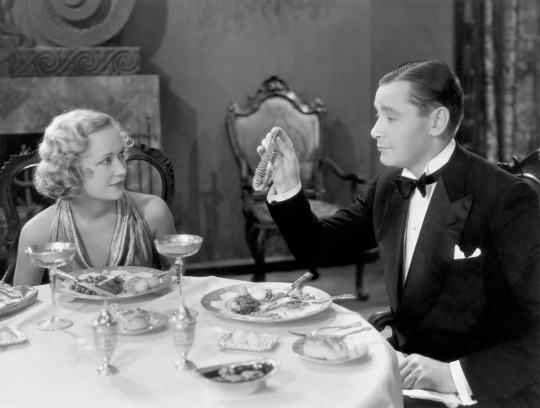
The biblical character of Samson was a man divided. The story goes that he was chosen by the almighty before birth to be separate and consecrated from those around him. He would lead the Israelites to glory, and to do so, he would be given superhuman strength, but this strength would have bound within it a weakness. It was tied to his hair, and Samson was forbidden from cutting it if he wanted to remain strong. He was given a hero’s power, but a mortal’s pride, and no victory could keep him from downfall. He fell in love with the wrong woman, bragged about the source of his gift, and awoke one day to find his head shorn and his muscles worthless. The allegory lends itself to many lessons, maybe none more poignant than this: knowing your limitations is often the only way to achieve greatness.
///
Samson Raphaelson was born in New York City in 1894, a year before the Lumiere brothers held their first screenings of projected motion pictures, and three years after Edison held the first public demonstration of his prototype kinetoscope. This is one of those historical connections that winds up feeling portentous in hindsight but is actually just a fluke of great timing. Raphaelson — by his own account a “skinny guy with glasses” who just wanted to figure out what his talent was and put it to use — had the good fortune to grow up with the movies, and to come of age with a new medium. After he graduated high school, he spent a year doing menial clerical work for Sears Roebuck before taking a chance on himself. Recounting his youth to Bill Moyers on a PBS documentary in 1982, he said, “I rented a typewriter. Something happened, and I knew I could do it. I put it on the dining room table and I bought white paper and I put it in and I started to think of something. I didn’t plan it out.” Short stories led to rejection slips, but a year later he managed to make an impression on a publisher, who encouraged him to keep working. “I became a person” at that moment, Raphaelson said. He wrote a short story called “Day of Atonement,” about a young Jewish man who changes his name and finds success as a pop entertainer, only to return home and reconcile with his family and heritage when his father’s health fails. Raphaelson then turned that story into a stage play, which is when he felt a revelation and found his calling. “I knew I was a playwright,” he said of the experience. The play was a hit, so much so that, two years later, it was adapted by Warner Brothers into what would become a landmark of cinema history: it was the first sound film, and it was called The Jazz Singer. Raphaelson was 33.
Almost everything about Raphaelson — his career, beliefs, gifts, impact, and goals — can be found in that moment, and the way he handled it. He’d written a story about something he knew firsthand (the intersection of Jewish faith and popular culture), and he’d done so with grace and insight. He’d written a story inspired by humor and pleasant entertainment, specifically by the shows of Al Jolson, whose verve and skill Raphaelson loved; Jolson was the only natural choice to star in the film. Yet Raphaelson didn’t write the adaptation, and he was dissatisfied with the movie version of his story. He knew the play he’d written was sentimental and melodramatic, but he also felt the movie was “overwritten” and did “awful things.” He was obsessed even then not just with story, but with style. In art, it’s not what you say, but how you say it, and Raphaelson realized that technique was going to be as important to him as anything else. Most importantly, though, he started to realize what he actually liked. As he told Moyers, “My notion of being a good writer was to write something that the critic on The Nation would praise. Now, did I like the Schubert books with the little gags and the little skits in them? Sure I did. Now, would I care to be the author of them? No. I was ‘above’ that. Until one day I said to myself, who the hell do you think you are? What do you like when you go to the theater? I love Jolson shows! That’s what made me write The Jazz Singer. So I had that out with myself. I said, why am I above that? I’m only a snob because I’m impressed by what I read in those things. But I am creatively not up to those guys. This is my level.”
Raphaelson wanted to be a workman, the guy who picked up his tools and got his hands dirty, and though he never claimed greatness, he took pride in his abilities. His work was funny and warm, sophisticated and sharp. Raphaelson himself was eager to please and determined to succeed.
Raphaelson’s most fruitful cinematic collaboration was his creative partnership with Ernst Lubitsch, who directed nine films based on Raphaelson screenplays, including The Shop Around the Corner and Heaven Can Wait. Yet Raphaelson also wrote the screenplay for Suspicion, directed by Alfred Hitchcock; continued his work on stage with plays like Accent on Youth and Skylark; and taught and wrote for the rest of his life, including a University of Illinois class in the spring of 1948 that was turned into the book The Human Nature of Playwriting, which is as much an examination of the psychology of storytelling as it is the nuts and bolts of dramaturgy. He pursued relentlessly the essence of human nature in his work, crafting some of the finest comedies of Hollywood’s golden age, and his influence on film history is inescapable. We’re all still walking on the tracks he laid down.
///
Raphaelson’s first screenplay was also the first time he’d work with Lubitsch. The Smiling Lieutenant, released in 1931, starred Maurice Chevalier as a Viennese army officer who falls in love with the leader of an all-female orchestra (Claudette Colbert) before becoming inadvertently entangled with the princess of a neighboring country (Miriam Hopkins). It’s a breezy little picture that relies on Chevalier’s winking charm to skip along through 89 pleasant minutes, and Lubitsch’s deft touch with romantic comedy blends perfectly with the pleasure Raphaelson clearly takes in sending his characters spinning around each other. The next year’s One Hour With You is basically just a tighter, better version of the story. In that film, Chevalier plays a doctor who’s in love with his wife (Jeanette MacDonald) but surprisingly willing to flirt with her best friend (Genevieve Tobin). Throughout both films, Chevalier’s character makes regular overtures to the viewer, breaking the fourth wall in a way that seems unusual now but feels right at home given Raphaelson’s background in stagecraft and fondness for revues. One Hour With You finds Chevalier turning to camera to sing “Oh That Mitzi,” in which he declares his fidelity to his wife while also reveling in the idea of cheating on her:
This is, of course, an almost startlingly direct way to approach moral ambiguity. The filmmakers got away with so much sexuality because they were making these movies in the final days before the institution of the Hays Code, but it’s Chevalier’s cavalier attitude toward his lovers — and their acquiescence to his wishes — that feels most unpredictable, even today. It’s part of what would come to be branded as the Lubitsch touch: a blend of melancholy and whimsy, witty ripostes sandwiched in sight gags, sexual misadventure leading to ultimate reconciliation. And while there’s no denying Lubitsch’s brilliance as a director, it does a disservice to writers like Raphaelson to imagine it all came from one man, especially given how collaborative the creative process can be. “He wrote some of my best lines,” Raphaelson said, “and I contributed more than a few of those silent things that are famous as Lubitsch touches. You couldn’t help it if you’re working together.”


